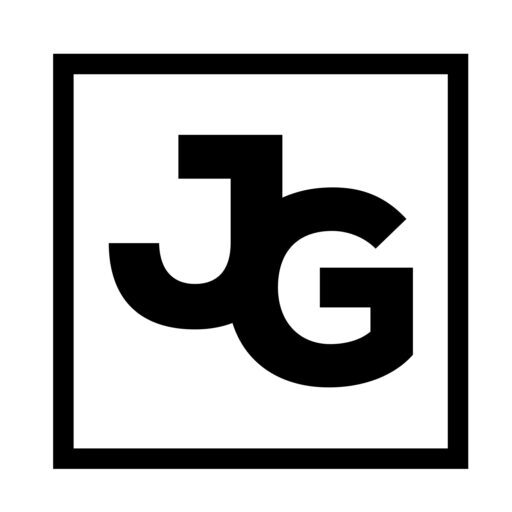While much of the chatter on Twitter, Facebook and Google+ last night centered around the Super Bowl, an entirely separate conversation was happening with nearly the same volume and passion.
I’m talking about brand bowl, the social conversation about the advertisements shown during infamously expensive Super Bowl commercials breaks.
There is no longer a shred of doubt that the “second screen” is a very real thing.
16 #hashtags by my count
Starting sometime around kick off, I began taking note of every commercial that showed a hashtag. I counted 16.
Here’s my list:
UPDATE: Here’s a more complete list from Marketingland.com
- M&Ms – #betterwithmms
- Audi – #braverywins
- Hyundai – #pickyourteam
- GoDaddy – #thescore
- Doritos – #doritos
- Best Buy – #infiniteanswers
- Disney Oz – #disneyoz
- Fast & Furious movie – #fastandfurious
- Toyota – #wishgranted
- Doritos – #doritos
- Calvin Klein – #calvinklein
- Cars.com – #nodrama
- Bud Light – #herewego
- Hyundai Sonata – #epicplaydate
- Volkswagen – #gethappy
- Subway – #15yrwinningstreak
- Subway – #FebruANY
- Bud Light – #herewego
- Subway – #FebruANY
- Bud Light – #herewego
- MiO Fit – #changestuff
- Pistachios – #crackinstyle
- Speed Stick – #handleit
- Budweiser Clydesdales – #clydesdales
- Tide – #miraclestain
- Samsung – #thenextbigthing
It’s known that a 30 second spot during the Super Bowl costs upwards of $3.5 million dollars. Given the stiff price tag, advertisers are clearly looking to capitalize on that time by drawing the audience into a conversation online…but what are they looking to accomplish?
Is the goal is to draw in potential customers or measure the sentiment of the ad spend?
Are advertisers simply looking to justify their ad spend by drawing focused reactions onto Twitter?
2 #concerns
My first concern is more of an observation meets suggestion.
It’s nice that these advertisers are trying to bring a “passive” online for some reason, and it’s nice that they are using hashtags to do it, but for those of you who watched the ads last night, can you name a commercial that had the hashtag on the screen longer than 3 seconds? Virtually every commercial I saw, flashed the hashtag at the very end of the commercial for a maximum of 3 seconds. If the goal is to draw people into a deeper richer dialogue online, entice them with offers or calls to action, then one would think that the bridge to get there should be up longer than 3 seconds. A smart advertiser might’ve had the hashtag on the screen at the bottom right, for the entire 30 seconds. Why spend more than 3.5 million dollars for 30 seconds, and have a call to action take up less than 1/10 of the time?
Sadly, GoDaddy seemed to leave the hashtag up the longest, and those were my least favorite commercials. I can barely stand the company just because of their commercials. Talk about “effective” advertising…it’s effective at making me gag.
The second concern is that I question how many of these advertisers have the slightest clue of what to do once they get people talking in a single forum. The beauty of hashtags is that everyone is in the same place, talking about the same things.
- Why hasn’t a single advertisers staffed 25 people to respond the commentary in real time?
- Why hasn’t a single advertiser used the opportunity to send people talking coupons or special offers?
- Why hasn’t a single advertiser gotten celebrities or comics or writers to take over control of the company accounts in order to engage the audience and try to win their hearts and minds on the second screen?
Side note: I have no idea if any advertiser actually did any of these things, because Twitter is a big place and there’s a lot of volume, but from checking in, I didn’t see any engagement.
The missed opportunity of the second screen
Advertisers are still locked in a push mindset. They are getting better and we will definitely see more hashtags. But I get the feeling that the hashtag is an homage to the social crowd, not an actual strategically deployed tactic. It’s as if the advertisers were checking off a box called #hashtag. There’s more than just showing it, there’s using it with purpose.
If I was a competitor, I’d be brandjacking each and every one of those hashtags and engaging the people who were unhappy:
- Think Budweiser tastes like piss, “come drink Miller, it’s #Millertime. Follow the link to get a free t-shirt.”
- Hate GoDaddy’s stupid commercials, “Network Solutions is running a super bowl special. Type the promo code GoDaddy and get a domain for free for 2 years.”
If I was one of those advertisers, I’d be finding ways to engage that audience beyond just giving them a hashtag to organize their commentary.

